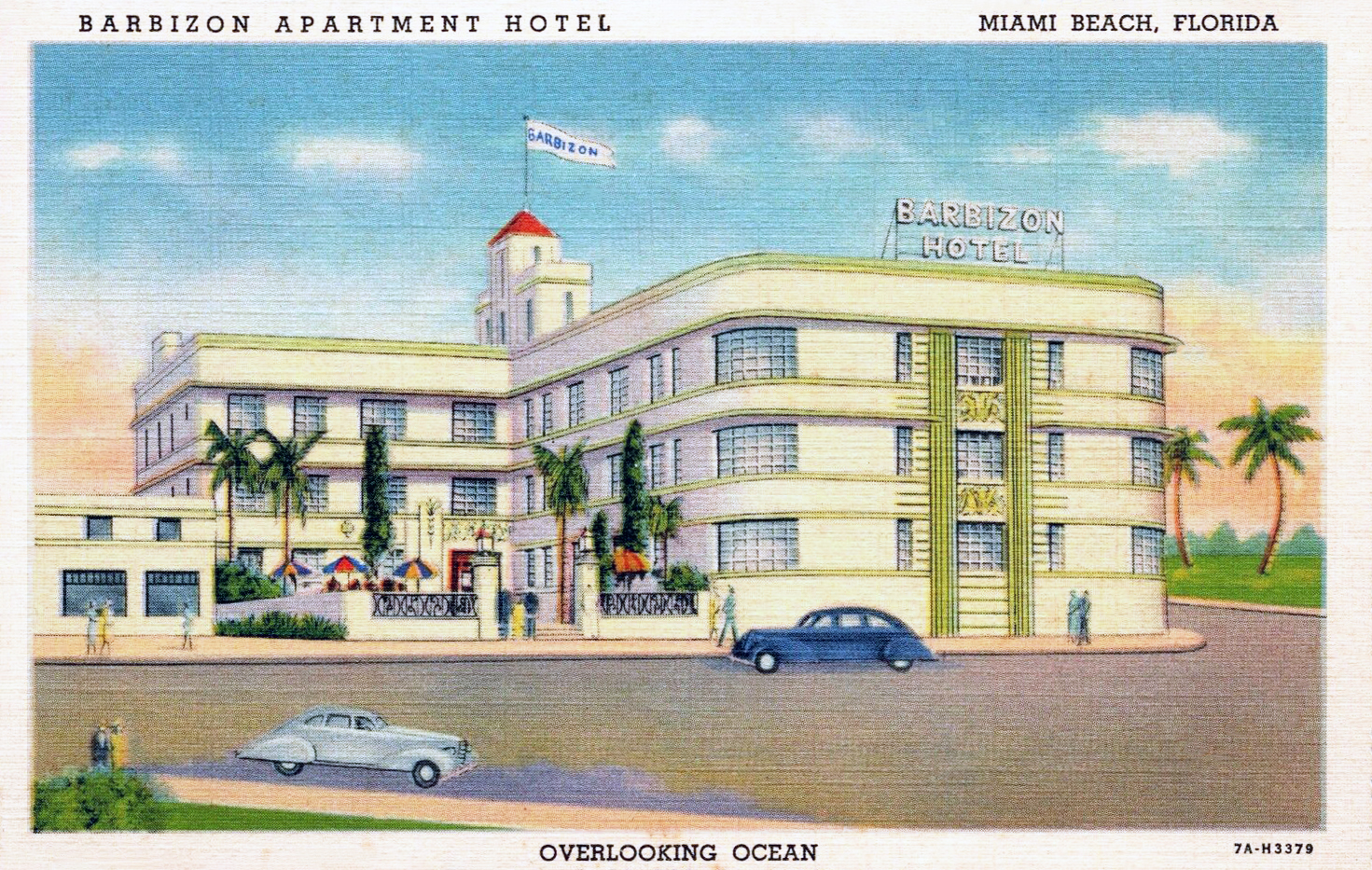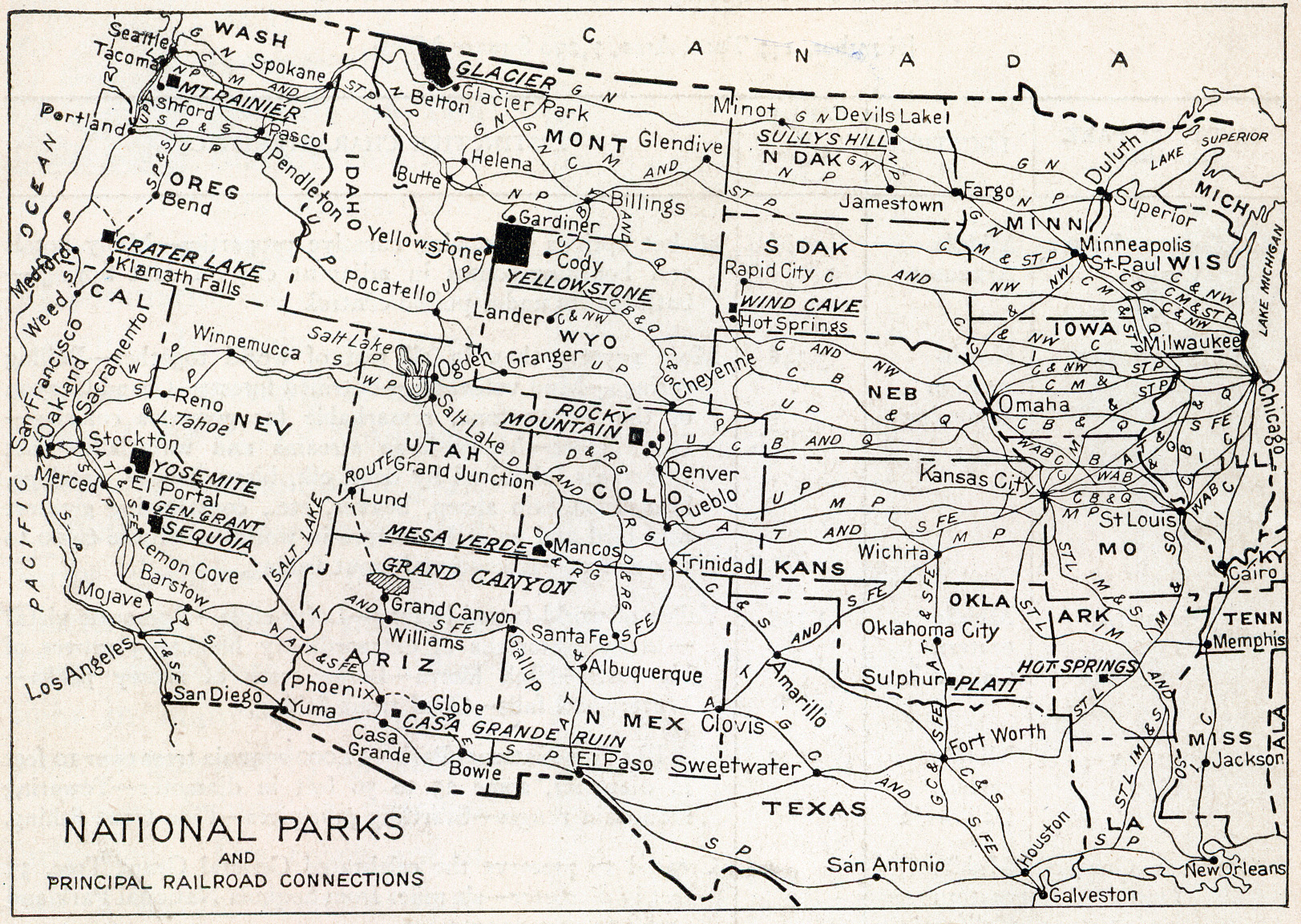|
Scipio Town Hall
The Scipio Town Hall, on North State Street in Scipio, Utah, is a PWA Moderne-style city hall building built in 1935 as a New Deal public works project. It was listed on the National Register of Historic Places The National Register of Historic Places (NRHP) is the Federal government of the United States, United States federal government's official United States National Register of Historic Places listings, list of sites, buildings, structures, Hist ... in 1988. Two brick and stonemasons who worked on the project were Will Critchley and Lew Critchley. With It was converted to serve as a senior citizen center in 1985–86. References External links * Buildings and structures completed in 1935 City and town halls in Utah Daughters of Utah Pioneers museums National Register of Historic Places in Millard County, Utah PWA Moderne architecture in Utah Scipio, Utah {{MillardCountyUT-NRHP-stub ... [...More Info...] [...Related Items...] OR: [Wikipedia] [Google] [Baidu] |
Scipio, Utah
Scipio is a town on the eastern edge of Millard County, Utah, United States. The population was 290 at the 2000 census. Geography According to the United States Census Bureau, the town has a total area of , all land. It lies in the oval-shaped Round Valley, south-southwest of Nephi, at the junction of Interstate 15 (I‑15) and U.S. Route 50 (US‑50). The nearest town, approximately southwest on I‑15, is Holden. About south-southeast are the towns of Redmond, Salina, and Aurora. About halfway between Scipio and Salina is Lake Scipio, on the west side of US‑50. To the east lie the Valley Mountains, with the highest peak reaching around . To the south are the Pahvant Mountains, which rise above . Climate According to the Köppen Climate Classification system, Scipio has a hot-summer humid continental climate, abbreviated "Dfa" on climate maps. The hottest temperature recorded in Scipio was on July 18, 1998, while the coldest temperature recorded was on January 9, ... [...More Info...] [...Related Items...] OR: [Wikipedia] [Google] [Baidu] |
Utah
Utah is a landlocked state in the Mountain states, Mountain West subregion of the Western United States. It is one of the Four Corners states, sharing a border with Arizona, Colorado, and New Mexico. It also borders Wyoming to the northeast, Idaho to the north, and Nevada to the west. In comparison to all the U.S. states and territories, Utah, with a population of just over three million, is the List of U.S. states and territories by area, 13th largest by area, the List of U.S. states and territories by population, 30th most populous, and the List of U.S. states by population density, 11th least densely populated. Urban development is mostly concentrated in two regions: the Wasatch Front in the north-central part of the state, which includes the state capital, Salt Lake City, and is home to roughly two-thirds of the population; and Washington County, Utah, Washington County in the southwest, which has approximately 180,000 residents. Most of the western half of Utah lies in ... [...More Info...] [...Related Items...] OR: [Wikipedia] [Google] [Baidu] |
Moderne Architecture
Moderne architecture, also sometimes referred to as Style Moderne, Art Moderne, or simply Moderne, Jazz Age Moderne, jazz modern or Jazz Style, describes certain styles of architecture popular from 1925 through the 1940s. It is closely related to Art Deco. Art Deco and Moderne architecture: terms and evolution The terminology is not very firm; during the time when the styles were used, they were simply known as ''Moderne''. A distinction between subtypes was later introduced by David Gebhard: ''Zigzag'', ''Streamline'', and ''PWA (Public Works Administration) Moderne''. The term ''Art Deco'' was only popularized by Bevis Hillier in 1968 and then used quite indiscriminately, and therefore some researchers prefer to use it only for the decorative forms and, when referring to architecture, only for the highly ornamented buildings of the late 1920s. Originating in the International Exhibition of Modern Decorative and Industrial Arts held in Paris in 1925, the style has expre ... [...More Info...] [...Related Items...] OR: [Wikipedia] [Google] [Baidu] |
PWA Moderne Architecture
The Art Deco style, which originated in France just before World War I, had an important impact on architecture and design in the United States in the 1920s and 1930s. The most notable examples are the skyscrapers of New York City, including the Empire State Building, Chrysler Building, and Rockefeller Center. It combined modern aesthetics, fine craftsmanship, and expensive materials, and became the symbol of luxury and modernity. While rarely used in residences, it was frequently used for office buildings, government buildings, train stations, movie theaters, diners and department stores. It also was frequently used in furniture, and in the design of automobiles, ocean liners, and everyday objects such as toasters and radio sets. In the late 1930s, during the Great Depression, it featured prominently in the architecture of the immense public works projects sponsored by the Works Progress Administration and the Public Works Administration, such as the Golden Gate Bridge and Hoover ... [...More Info...] [...Related Items...] OR: [Wikipedia] [Google] [Baidu] |
City Hall
In local government, a city hall, town hall, civic centre (in the UK or Australia), guildhall, or municipal hall (in the Philippines) is the chief administrative building of a city, town, or other municipality. It usually houses the city or town council and at least some other arms of the local government. It also often functions as the office of the mayor (or other executive), if the relevant municipality has such an officer. In large cities, the local government is often administratively expansive, and the city hall may bear more resemblance to a municipal capitol building. By convention, until the middle of the 19th century, a single large open chamber (or "hall") formed an integral part of the building housing the council and such other organs of government as supported it. The hall may be used for council meetings and other significant events. This large chamber, the "town hall" (and its later variant "city hall") became synonymous with the whole building, and, synec ... [...More Info...] [...Related Items...] OR: [Wikipedia] [Google] [Baidu] |
New Deal
The New Deal was a series of wide-reaching economic, social, and political reforms enacted by President Franklin D. Roosevelt in the United States between 1933 and 1938, in response to the Great Depression in the United States, Great Depression, which had started in 1929. Roosevelt introduced the phrase upon accepting the Democratic Party (United States), Democratic Party's presidential nomination in 1932 before winning the election in a landslide over incumbent Herbert Hoover, whose administration was viewed by many as doing too little to help those affected. Roosevelt believed that the depression was caused by inherent market instability and too little demand per the Keynesian model of economics and that massive government intervention was necessary to stabilize and rationalize the economy. During First 100 days of the Franklin D. Roosevelt presidency, Roosevelt's first hundred days in office in 1933 until 1935, he introduced what historians refer to as the "First New Deal", ... [...More Info...] [...Related Items...] OR: [Wikipedia] [Google] [Baidu] |
National Register Of Historic Places
The National Register of Historic Places (NRHP) is the Federal government of the United States, United States federal government's official United States National Register of Historic Places listings, list of sites, buildings, structures, Historic districts in the United States, districts, and objects deemed worthy of Historic preservation, preservation for their historical significance or "great artistic value". The enactment of the National Historic Preservation Act (NHPA) in 1966 established the National Register and the process for adding properties to it. Of the more than one and a half million properties on the National Register, 95,000 are listed individually. The remainder are contributing property, contributing resources within historic district (United States), historic districts. For the most of its history, the National Register has been administered by the National Park Service (NPS), an agency within the United States Department of the Interior. Its goals are to ... [...More Info...] [...Related Items...] OR: [Wikipedia] [Google] [Baidu] |
National Park Service
The National Park Service (NPS) is an List of federal agencies in the United States, agency of the Federal government of the United States, United States federal government, within the US Department of the Interior. The service manages all List of national parks of the United States, national parks; most National monument (United States), national monuments; and other natural, historical, and recreational properties, with various title designations. The United States Congress created the agency on August 25, 1916, through the National Park Service Organic Act. Its headquarters is in Washington, D.C., within the main headquarters of the Department of the Interior. The NPS employs about 20,000 people in units covering over in List of states and territories of the United States, all 50 states, the District of Columbia, and Territories of the United States, US territories. In 2019, the service had more than 279,000 volunteers. The agency is charged with preserving the ecological a ... [...More Info...] [...Related Items...] OR: [Wikipedia] [Google] [Baidu] |
Buildings And Structures Completed In 1935
A building or edifice is an enclosed structure with a roof, walls and windows, usually standing permanently in one place, such as a house or factory. Buildings come in a variety of sizes, shapes, and functions, and have been adapted throughout history for numerous factors, from building materials available, to weather conditions, land prices, ground conditions, specific uses, prestige, and aesthetic reasons. To better understand the concept, see ''Nonbuilding structure'' for contrast. Buildings serve several societal needs – occupancy, primarily as shelter from weather, security, living space, privacy, to store belongings, and to comfortably live and work. A building as a shelter represents a physical separation of the human habitat (a place of comfort and safety) from the ''outside'' (a place that may be harsh and harmful at times). buildings have been objects or canvasses of much artistic expression. In recent years, interest in sustainable planning and building pract ... [...More Info...] [...Related Items...] OR: [Wikipedia] [Google] [Baidu] |
City And Town Halls In Utah
A city is a human settlement of a substantial size. The term "city" has different meanings around the world and in some places the settlement can be very small. Even where the term is limited to larger settlements, there is no universally agreed definition of the lower boundary for their size. In a narrower sense, a city can be defined as a permanent and densely populated place with administratively defined boundaries whose members work primarily on non-agricultural tasks. Cities generally have extensive systems for housing, transportation, sanitation, Public utilities, utilities, land use, Manufacturing, production of goods, and communication. Their density facilitates interaction between people, government organisations, government organizations, and businesses, sometimes benefiting different parties in the process, such as improving the efficiency of goods and service distribution. Historically, city dwellers have been a small proportion of humanity overall, but following tw ... [...More Info...] [...Related Items...] OR: [Wikipedia] [Google] [Baidu] |






